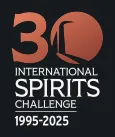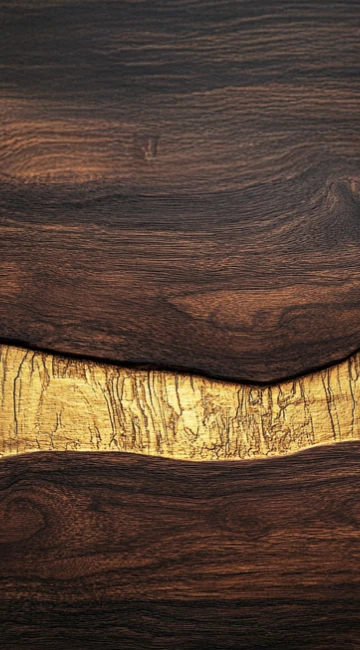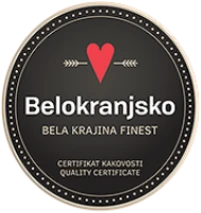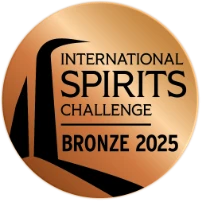The King's Sceptre
The symbolism of the King's Sceptre on our gin bottle label
The pattern of Bela Krajina embroidery, which is the main motif of our bottle label, is enriched with images of a peacock and kingly sceptre. The sceptre is another symbol used by nobility of various cultures throughout history. This is a rod, usually made of precious metals and adorned with gems, symbolising the power and rule of the monarch. The sceptre would be held by kings, queens, Caesars, and other rulers to express their royal power and sovereign authority.
The Bela Krajina embroidery techniques spread and were preserved mainly thanks to the teacher Poldka Bavdek (1881–1965), who introduced embroidery classes to schools in Bela Krajina. Franjo Lovšin, a headteacher from Vinica, was her inspiration and she remained dedicated to this work for the rest of her life. For years Poldka would walk from village to village all around Bela Krajina to copy patterns from old decorative towels called svatovski otirači. In 1918, Albert Sič published these patterns in his collection National Embroidery of Carniola, which encouraged the more frequent use of Bela Krajina’s patterns. After World War II, the teacher Božo Račič inspired women in the village of Adlešiči and the surrounding area to take on making embroideries.
Even today, the embroidered pieces bring warmth and beauty to homes. They are not only an important part of our cultural environment and the rich cultural heritage we take pride in, but also a reflection of one’s creativity.
Sources:
Albert Sič, Narodne vezenine na Kranjskem, 1918.
Belokranjski izdelki, Belokranjske vezenine. Available at: https://belokranjski-izdelki.si/oznaka/belokranjske-vezenine/
Irena Bohte, Zvonka Šterbenc, urednici, Vezenine v Beli krajini skozi čas, Črnomelj: Zavod za izobraževanje in kulturo, 2013.
Neli Niklsbacher-Bregar, Narodne vezenine na Slovenskem, 1974.











